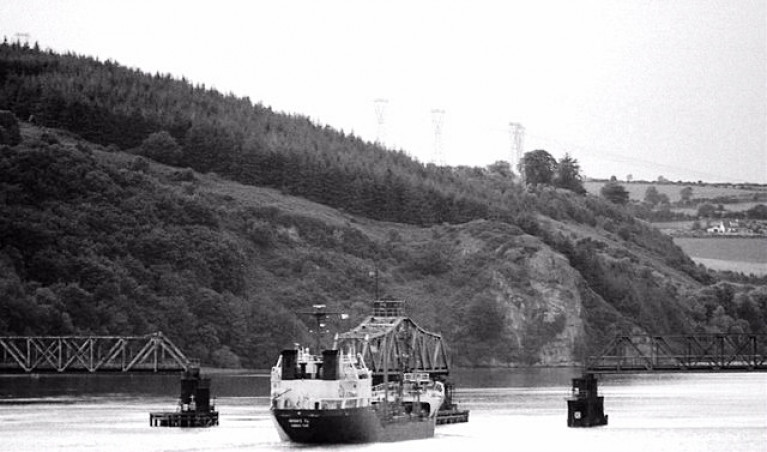Displaying items by tag: Port Ship Access
Port of New Ross: Barrow Railway Bridge 'Being Left to Rot'
A historic railway bridge in south west Wexford, reports New Ross Standard, has raised concern in that the structure which has been out of use for a decade is being left to rot and could eventually fall into the river.
Former Labour county councillor Denis North, who worked for CIE for 45 years, including 13 years operating the bridge, said the central span may fall into the River Barrow in years to come if it isn't maintained and returned to use.
Irish Rail CEO Jim Meade informed Mr North in May that there is no proposal to close the Barrow Bridge.
'The Barrow Bridge operating equipment is very old and requires significant resources to maintain and operate,' Mr Meade wrote.
He said: 'While the railway line is suspended, the focus of operation has been to support the Port of New Ross shipping operations in line with our statutory responsibility for the bridge operation.'
He said: 'In order to ensure the consistent delivery of the required shipping lane access for the Port of New Ross, we have reviewed the operation with the Port of New Ross Chief Executive and our Chief Civil engineer and propose to temporarily secure the bridge in the open position for shipping traffic, to improve the navigation controls and lighting on the bridge to a required standard and to allow the remote monitoring of bridge operations. The effect of this proposed change will ensure the reliability of the operation for maritime navigation and reduce our operations and infrastructure costs in the meantime.'
For more on the story click this link.
























































